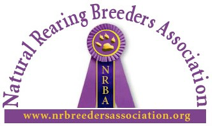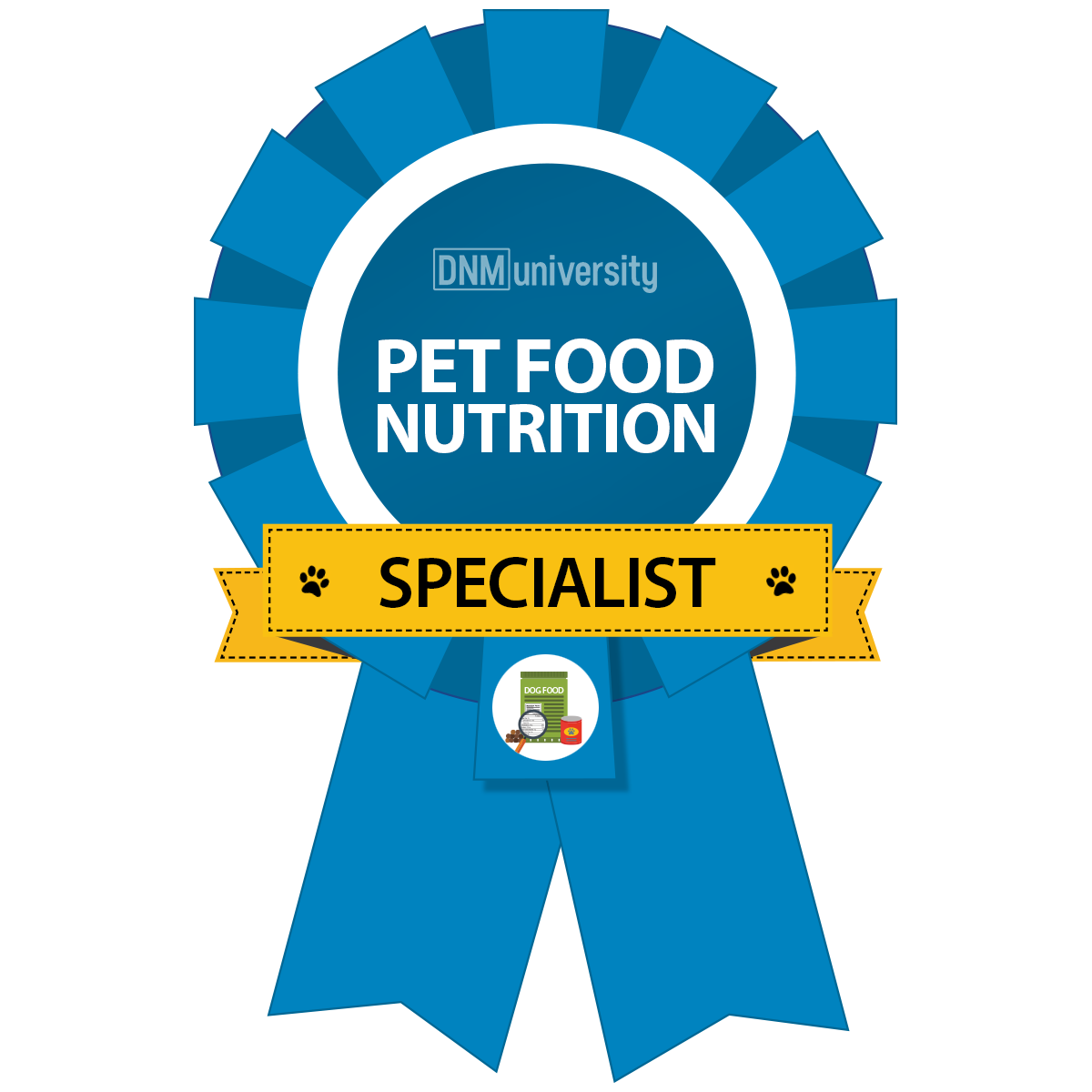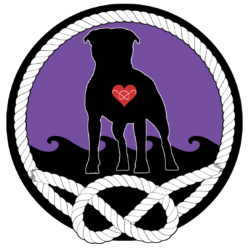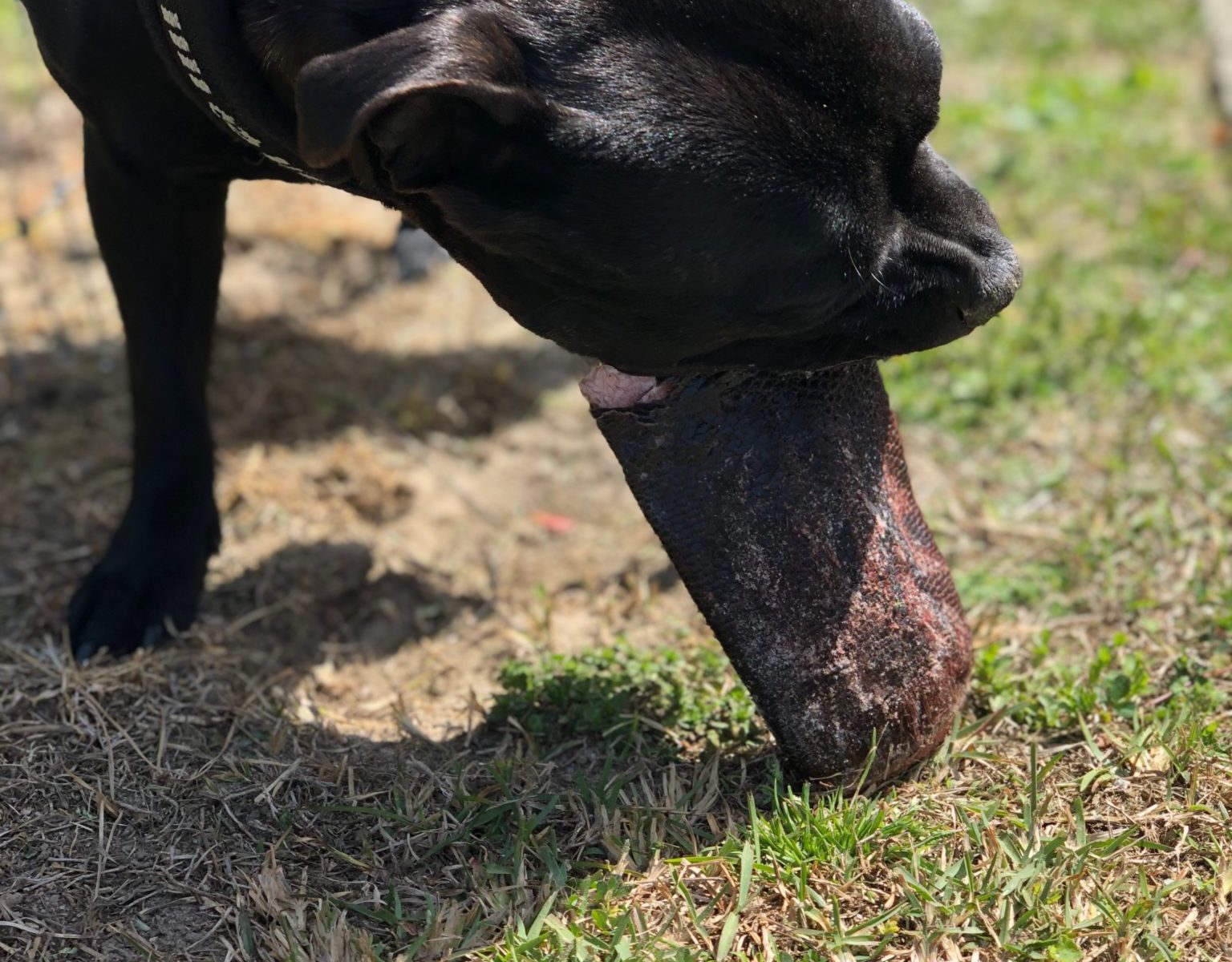Please use common sense when feeding your dog and seek the advice of your veterinarian – be sure to choose a veterinarian who supports your decision to feed a species appropriate diet. Some veterinarians only had one or two nutrition classes in school and it was sponsored by one of the big kibble companies. Do not rely on them to teach you about natural rearing and raw feeding but instead find one who respects your decision to feed appropriately
Keep meals SIMPLE! Don’t overthink this!
A raw food diet is not right for every dog. If you choose to feed raw, take the time to learn to do it correctly.





Books and Publications:
Dogs Naturally Magazine – Dana Scott
Raw Meaty Bones – Tom Lonsdale
Dogs Are Carnivores (Article courtesy of The Whole Dog)
Grow Your Pups With Bones – Ian Billinghurst
Give Your Dog a Bone – Ian Billinghurst
Foods Pets Die For – Ann Martin
Ultimate Diet – Natural Nutrition For Dogs & Cats – Kymythy Shultze
Raw Dog Food – Corina Beth McDonald
Links to more info on Species Appropriate Nutrition:
(Thank you to all who contributed the following information. Please visit their links and support our contributors. We do not profit from any place linked to here but the profit comes from knowing this information is being provided with good intent for the health and well being of your pet)
Links to Articles:
Removing the Fears Associated with Raw Feeding
Dogs: The Omnivore-Carnivore Controversy
Kibble is Kibble is STILL Kibble!
Cooked Vs. Raw Foods
Transitioning Your Dog to a Raw Diet
Raw Diet Article
Kibble Kills
Dispelling the Myths of Raw Feeding
What Are We Really Feeding Our Pets?
Canine Cuisine
The Raw Truth
Dogs Are Carnivores
Species Appropriate/Specific Nutrition: The Foundation of Good Health
100% Complete & Balanced Nutrition
Natural Rearing Vs Survival Of The Fittest
What’s in Cat Food?
This guide provides foundational knowledge for a balanced, species-appropriate raw diet for dogs.
Play nice, we share.


